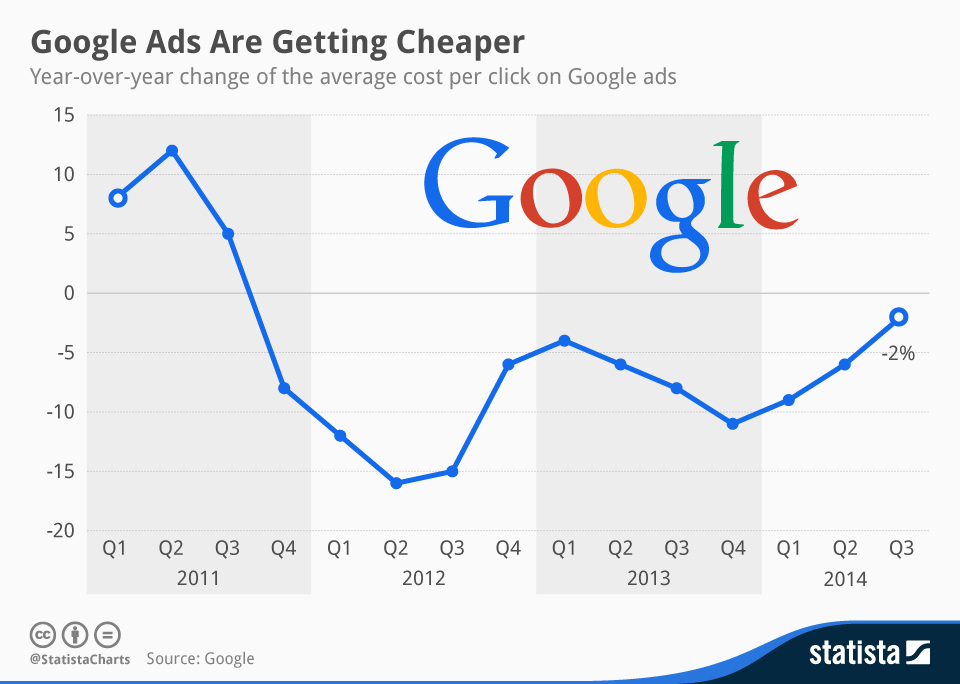Google Ads is an incredibly powerful tool for businesses to reach their target audience and drive traffic to their websites. However, understanding the cost associated with running Google Ads campaigns is a crucial aspect of utilizing this platform effectively. In this article, we will explore the factors that influence Google Ads cost, strategies to manage and optimize your budget, and how to maximize the return on investment (ROI) from your advertising efforts.
Understanding Google Ads Cost Factors
- Keyword Selection: One of the most significant factors affecting your Google Ads cost is the keywords you choose. High-competition keywords often come with a higher cost per click (CPC) because many advertisers are bidding on them. In contrast, long-tail keywords with lower competition can be more cost-effective. It’s essential to strike a balance between using competitive keywords that attract relevant traffic and incorporating cost-effective long-tail keywords to manage your budget effectively.
- Quality Score: Google uses a metric called Quality Score to assess the relevance and quality of your ads and landing pages. Ads with higher Quality Scores can achieve higher ad rankings while paying less per click. Improving the quality of your ads and landing pages can result in a lower CPC and, ultimately, lower costs.
- Ad Position and Ad Extensions: Your ad’s position on the search results page also affects the cost. Ads in the top positions often cost more than those appearing lower down. Additionally, using ad extensions, such as site links and callout extensions, can improve your ad’s visibility and performance. While ad extensions don’t directly affect CPC, they can help increase your click-through rate (CTR) and overall campaign performance.
- Location and Targeting: Google Ads allows you to target specific locations, demographics, and devices. Geo-targeting can impact costs, as targeting highly competitive locations may require a larger budget. By analyzing your target audience’s preferences and behaviors, you can tailor your campaigns to focus on the areas and demographics that offer the best ROI.
- Ad Schedule: Ad scheduling enables you to control when your ads are displayed. You can adjust bids based on the time of day or day of the week. Understanding when your target audience is most active can help you allocate your budget effectively during peak engagement times.
Strategies to Manage and Optimize Google Ads Costs
- Set a Budget: Before launching any Google Ads campaign, it’s essential to establish a clear budget. This budget should align with your business goals and the expected cost per click for your chosen keywords. Be prepared to adjust your budget as you gain insights into campaign performance.
- Monitor and Analyze: Regularly review your ad campaigns’ performance metrics, such as CTR, conversion rate, and Quality Score. Identifying underperforming keywords or ads can help you reallocate your budget to more successful elements of your campaign.
- Use Negative Keywords: Adding negative keywords to your campaigns can help filter out irrelevant traffic, reducing unnecessary ad spend. By excluding irrelevant search queries, you can focus your budget on higher-converting traffic.
- A/B Testing: Test different ad copy, landing pages, and ad extensions to determine which combinations are most effective. A/B testing can help improve your ad performance and reduce costs by increasing CTR and Quality Score.
- Optimize Landing Pages: A well-designed and user-friendly landing page can improve the conversion rate, resulting in a higher ROI. Ensure that your landing pages are relevant to the ad’s content and load quickly to keep potential customers engaged.
- Experiment with Bidding Strategies: Google Ads offers various bidding strategies, including manual bidding, automated bidding, and target CPA (Cost-Per-Acquisition). Experiment with different strategies to find the one that best aligns with your budget and goals.
Conclusion
Google Ads can be a valuable tool for businesses to reach their target audience, but managing and optimizing costs is essential to maximize its potential. By understanding the factors that influence Google Ads cost and implementing strategies to control expenses, you can achieve a balance between attracting the right audience and staying within your budget. Regular monitoring, testing, and optimization will help you make the most of your Google Ads investment, ultimately increasing your ROI and business success.




